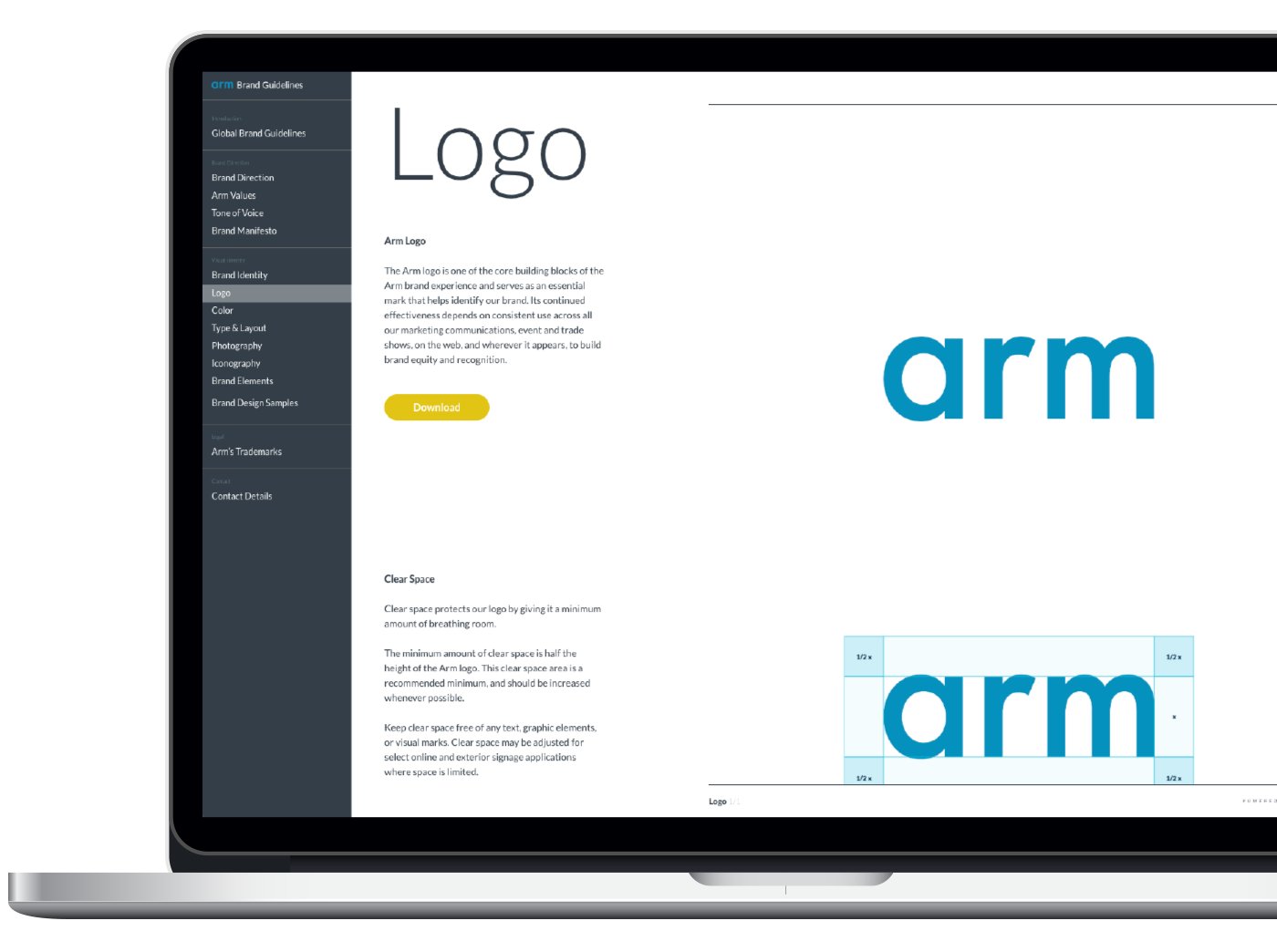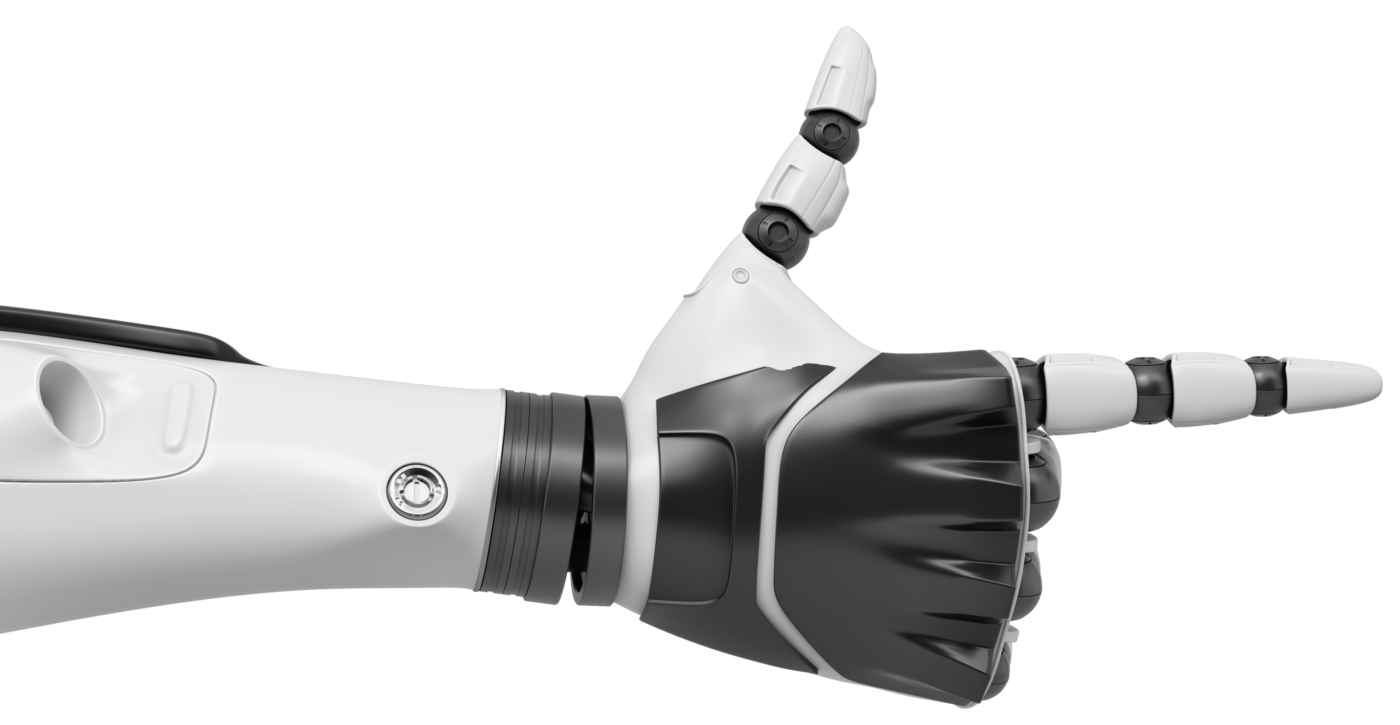AI is Changing Everything About How Vehicles Are Being Built. Now What?

Artificial Intelligence (AI) is actively reshaping the automotive industry, revolutionizing vehicle design, manufacturing, and functionality. This is against the backdrop of growing AI adoption across industries, with 82 percent of global business leaders reporting that their organizations are currently using AI applications, according to the Arm’s AI Readiness Index.
However, in order to fulfil the true potential of AI in vehicles, the industry needs to continue with advancements in the following areas:
- Time-to-market;
- Functional safety;
- Scalable architectures;
- Real-time performance at the edge; and
- Security.
Accelerating time-to-market
The implication is clear: the market is moving at pace, and automotive OEMs need new methods to deliver smarter vehicles faster. This is necessitating a shift towards more adaptable, efficient and flexible automotive development approaches, with traditional development models struggling to keep up with the accelerated time-to-market demands.
To address this, the automotive industry is turning toward flexible compute platforms that allow hardware and software teams to co-develop from the earliest stages. For teams working on next-generation AI automotive applications, the ability to simulate, test, and validate early is becoming essential. Arm is supporting this transformation through our foundational technologies, virtual platforms, and an ecosystem that enables faster, more collaborative delivery.
Raising the bar for functional safety
Features like adaptive cruise control, automatic emergency braking, and lane-keeping assistance are evolving with AI. These are helping to enhance vehicle intelligence and enabling more responsive, predictive in-vehicle experience. However, these capabilities come with sharp expectations for greater system reliability and split-second decision-making.
Automotive technologies need to incorporate functional safety features that are not only fast, but fail-safe. Arm’s latest Automotive Enhanced (AE) processors offer built-in support for a range of safety-critical functions. This flexibility allows automakers to configure safety features to meet specific application demands, while maintaining compliance with international standards like ISO 26262.
Learn more about the top considerations for functional safety in automotive systems.
Tackling software complexity with scalable architectures
As vehicles become increasingly defined by AI, each new feature, such as in-vehicle infotainment (IVI), advanced driver-assistance systems (ADAS) and powertrain, adds further layers of complexity. Managing code across vehicle generations, platforms, and configurations has become a critical engineering challenge. This has necessitated a shift toward layered, scalable compute architectures to tackle the growing complexity of AI systems, especially in automotive applications.
As a result, there have been growing demands for flexible, reusable, standardized software platforms across the vehicle stack. Arm is pioneering this shift through SOAFEE (Scalable Open Architecture for Embedded Edge), a cloud-native initiative that encourages open collaboration across the ecosystem to make it easier for developers to port software across platforms, so they build once and deploy at scale.
Read more about SOAFEE’s progress in this milestone update.
Real-time AI performance at the edge
With safety-critical applications like pedestrian detection and adaptive lane-keeping heavily reliant on AI capabilities, real-time AI inference at the edge is now essential. Vehicles need to process and respond to sensor data in milliseconds, without relying on cloud processing that can increase latency.
However, according to the Arm AI Readiness Index, only 29 percent of organizations reported having the required infrastructure to scale resources and meet demands for these evolving AI workloads. Moreover, the report notes that AI workloads could consume up to 30 percent of datacenter electricity by 2030, making energy-efficient edge compute a cornerstone of future-ready vehicle platforms.
As edge computing is becoming a defining capability of AI, Arm is delivering a broad range of high-performance, low-power AE technologies. For example, the Arm Neoverse V3AE CPU provides server-class performance for demanding edge workloads, like AI-powered ADAS applications, while the Arm Cortex-A720AE CPU provides flexible, sustained performance to support real-time AI inference through a compact, power-efficient footprint.
Learn how industry leaders are already putting AI into action in the car.
Securing the AI-powered vehicle from the ground up
As AI capabilities expand within vehicles, so do the potential risks. AI systems bring new challenges that go beyond traditional cybersecurity concerns, particularly in safety-critical environments like those in automotive computing systems.
According to the AI Readiness Index report, 48 percent of business leaders identify data privacy breaches as a top security concern, particularly related to model extraction and misuse. AI-specific vulnerabilities, such as adversarial attacks, data poisoning during training, or model theft have underscored the need for robust protections built into every layer of automotive computing platforms.
To address these risks, security must be designed from the ground up, with the Arm architecture providing built-in security technologies for a range of hardware and software protections. These form a secure foundation that supports scalable and trustworthy AI in automotive development.
Enabling the future of automotive technology
Whether it’s introducing new, advanced functional safety requirements or transforming in-vehicle applications, AI is fundamentally redefining vehicles. The path forward for the automotive industry is vehicles that are built on greater intelligence, advanced real-time AI capabilities at the edge, and AI-ready compute platforms that scale.
The good news is that the automotive industry doesn’t have to start from scratch. Technologies exist today that support this shift through enabling scalable compute, and safe, real-time AI integration. From silicon to software, Arm is at the core of this automotive transformation, with our compute platform building the future of AI.
Any re-use permitted for informational and non-commercial or personal use only.













